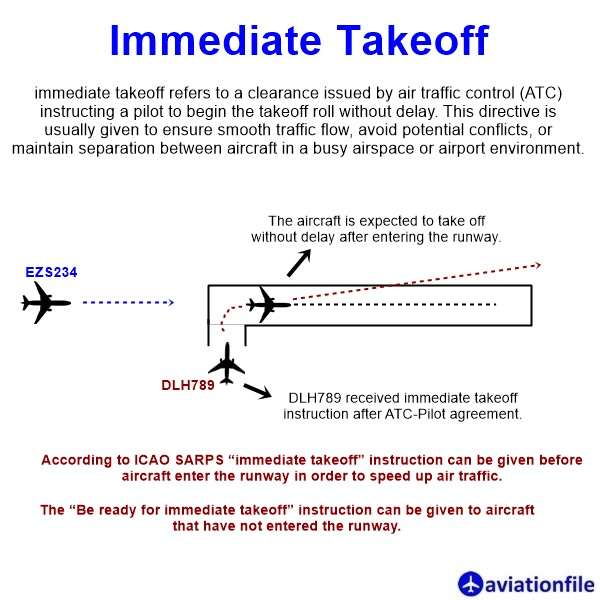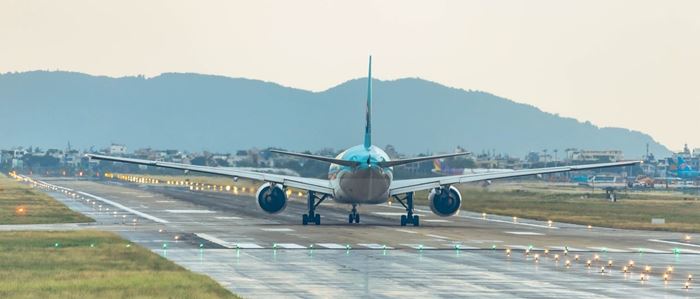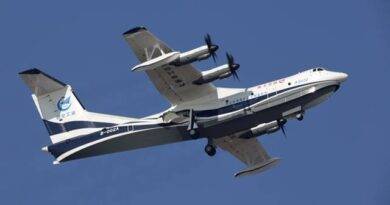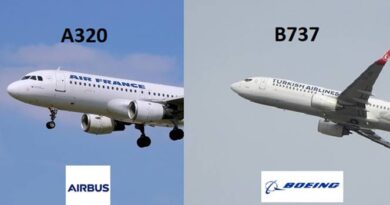Immediate Тakeoff Clearance
Airport operations are highly complex and influenced by various factors, including weather conditions, physical infrastructure, and air traffic volumes. The primary goal of managing both air and ground traffic is to ensure safety while optimizing efficiency and maintaining a smooth flow of operations. One effective method to accelerate flight departures without compromising safety is through the use of the “immediate takeoff” instruction, which allows departing aircraft to take off promptly without unnecessary delays. This approach enhances operational efficiency and improves runway utilization, benefiting overall airport performance.
In this article, we will examine the “immediate takeoff” instructions in detail.

The “immediate takeoff” instruction can be applied on runways used for take-off and on runways with mixed use for both take-off and landing. The use of this instruction naturally increases the intensity of runway use.
According to ICAO Standards and Recommended Practices (SARPS), “immediate takeoff” instruction can be given before aircraft enter the runway in order to speed up air traffic. When this instruction is accepted by the pilot, after entering the runway, it is expected to make the take-off run without stopping (ICAO Doc 4444, 7.9.3 Take-off clearance).
It is recommended that the air traffic controller informs the aircraft in advance that they wish to apply an “immediate takeoff”. The “Be ready for immediate takeoff” instruction can be given to aircraft that have not entered the runway. With this instruction, the pilot has the opportunity to reject it if she/he thinks that she/he cannot perform an “immediate takeoff”.
The air traffic controller should take into account the time needed for the aircraft to take off when instructing the “immediate takeoff”. A short-haul, twin-jet airplane needs roughly 30 seconds to take off, while a large-body airplane needs more.
As a result, the “immediate takeoff” creates a more risky environment than the normal traffic flow as it is applied during peak use times and pilots are expected to act quickly. In this case, the air traffic controller should be prepared for possible changes in plans. Let’s give some examples for these situations:
- – If the aircraft has entered the runway, the aircraft may be asked to vacate the runway.
- – Oncoming aircraft may have to be executr Go-Around.
- – If the aircraft entering the runway has started its take-off run, it may be requested to stop with the “Stop Takeoff” instruction.
- – Canceling the clearance before the aircraft moves onto the RWY.

Adapting Immediate Takeoff Procedures to Local Airport Conditions
Each airport operates under unique conditions influenced by factors such as geography, infrastructure, and traffic patterns. Local aviation authorities play a crucial role in assessing these specific conditions and establishing regulations tailored to ensure safety and efficiency. The implementation of the “immediate takeoff” procedure must align with these locally defined rules, taking into account the airport’s operational environment. This careful consideration helps maintain compliance with local regulations while ensuring that safety remains the top priority in streamlining departures.
Although an immediate take off clearance given before the aircraft reaches the runway centreline is sometimes referred to as “rolling takeoff”, in official documents such as ICAO Doc 9432, ICAO Doc 4444 (Chapter 12) and UK CAA CAP 413 only the terms “immediate takeoff” and ”immediate departure” are used.
It is also useful to remind an important issue in this article. The word “takeoff” is used only during the take-off instruction to avoid confusion. For example, when the pilot of an airplane gives information such as “Ready for Takeoff” to the controller, his purpose is clear, but he should use the word “departure” instead of the word “Takeoff” in this sentence. That is, the correct freyz should be “ready for departure”.
The Role and Future of Immediate Takeoff Clearance in Aviation Efficiency
In conclusion, the concept of immediate takeoff clearance represents a critical operational tool in modern aviation, enhancing efficiency and maintaining fluidity in busy air traffic environments. By ensuring that aircraft are swiftly cleared for departure under specific conditions, it minimizes delays and optimizes runway utilization without compromising safety. However, the practice demands impeccable coordination between pilots and air traffic controllers, as well as adherence to stringent safety protocols to mitigate risks. As air traffic continues to grow, the role of immediate takeoff clearance will remain pivotal in streamlining operations, underscoring the importance of continuous training and technological advancements in maintaining safe and efficient skies.
for more articles click.


